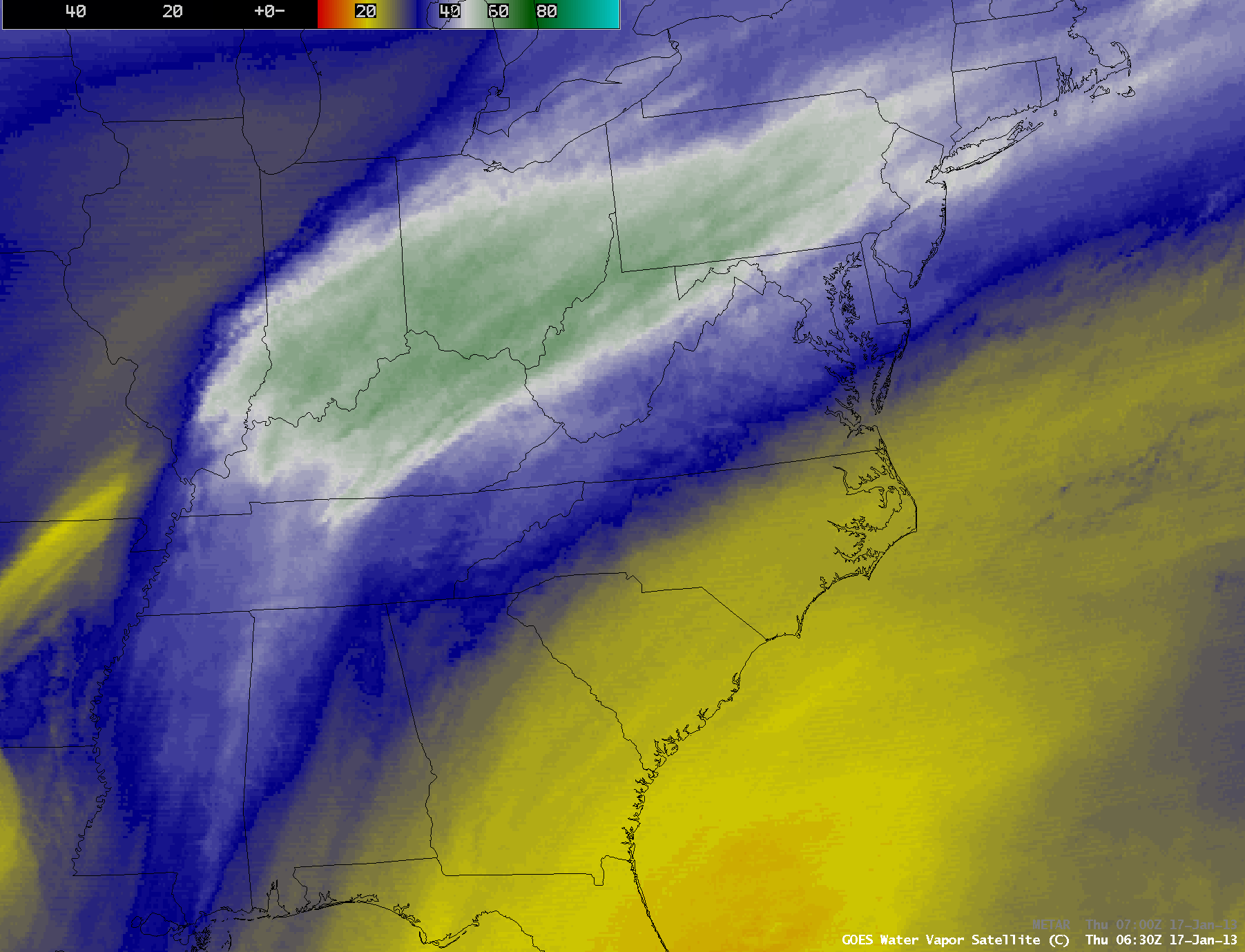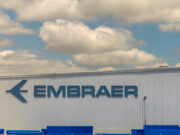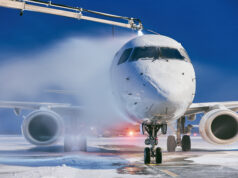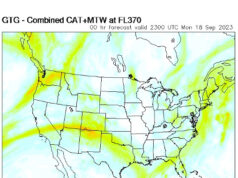Autumn is upon us and trees are sporting their brilliant hues which has made me think about leaves. But alas, this isn’t about the falling leaves in my backyard, which you can rake, if you would like. Instead, I will explain baroclinic leaf patterns.
In simple terms, a baroclinic leaf pattern is a cloud pattern – a big cloud pattern – so big in fact, it is synoptic-scale. When fully developed, this cloud pattern resembles a leaf, hence the name. My point is not to merely point out cool cloud patterns but rather to educate you on what those cloud patterns signify. Mind you, this cloud pattern is only noticeable when viewed from a Satellite. It is not the kind of cloud pattern that we commonly see at 37,000 feet.
The two primary atmospheric and meteorological conditions required for baroclinic leaf formation are the presence of a jet stream and a baroclinic zone. What is a baroclinic zone? By definition, a baroclinic zone is a region where a temperature gradient exists on a constant pressure surface.


A baroclinic zone can be thought of as temperature gradient. Often, it is a pronounced or steep gradient, i.e. rapid change over short distance. Remember the implications of strong gradients on radar returns. Baroclinic zones “look” the same. By the definition provided, baroclinic zones are favored areas for strengthening (cyclogenesis) weather systems and for wind shear. These can be hazardous to flight. Pilots need to know when we are flying in areas of developing low pressure.
Hazards to flight
While the hazards to flight produced by baroclinic leaf patterns are not rare atmospheric phenomena, they can be widespread and long lasting (due to their synoptic scale). And depending upon the intensity of the cyclogenesis, they can be severe. These factors of scale and severity are what make them dangerous.
The hazards to flight in and near baroclinic leaf patterns can include:
- Turbulence
- Wind shear
- Impact upon aircraft performance due to jet stream winds. Be particularly conscious how planned winds and their effect on performance affect your fuel tank!
- Enhanced and widespread precipitation
In and of themselves, the above hazards are not unique to the condition addressed here, but what might make them exceptional within a baroclinic leaf pattern is their widespread, long-lasting, and possibly intense nature. After all, this is where low-pressure systems are born.
Beyond the definition
Now that we have the textbook definition, what do we do with it when we fly? Undoubtedly, your dispatcher will not call you about a baroclinic leaf pattern, nor will ATC advise you of one. Knowing about a baroclinic leaf pattern (where low pressure is spawned) is the pilot’s job. As a conscientious pilot who checks the weather before flying, look for the proverbial red flags of baroclinic leaf patterns, especially this time of year. You can identify them from the satellite image. In a subsequent piece, I will address where you can find discussion about such weather map features to gain greater knowledge, not just about the weather, but how the forecast was made and is holding up.























































